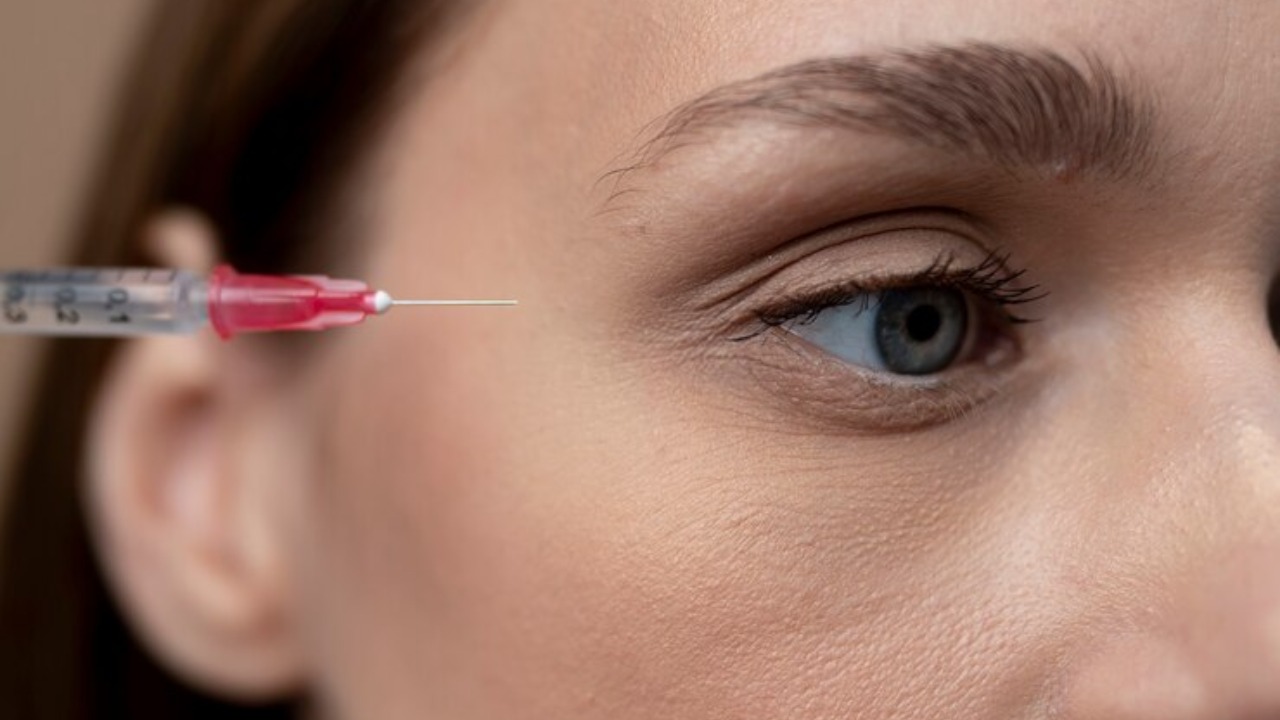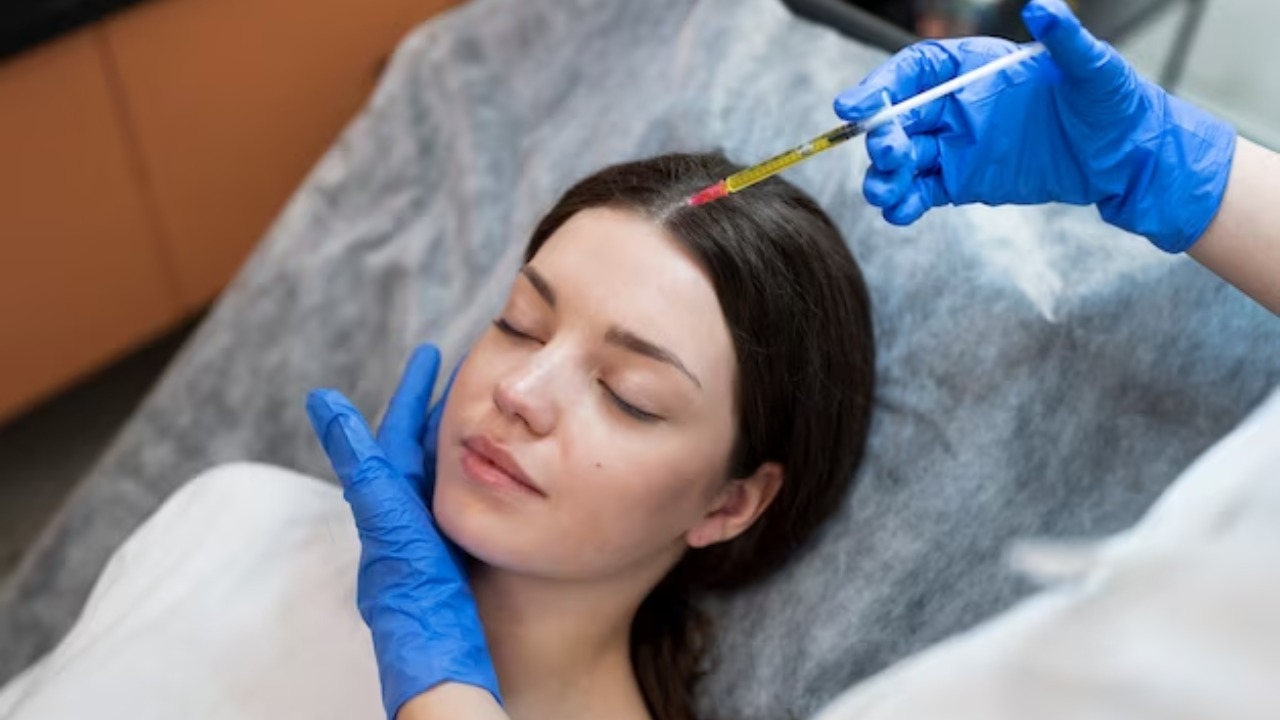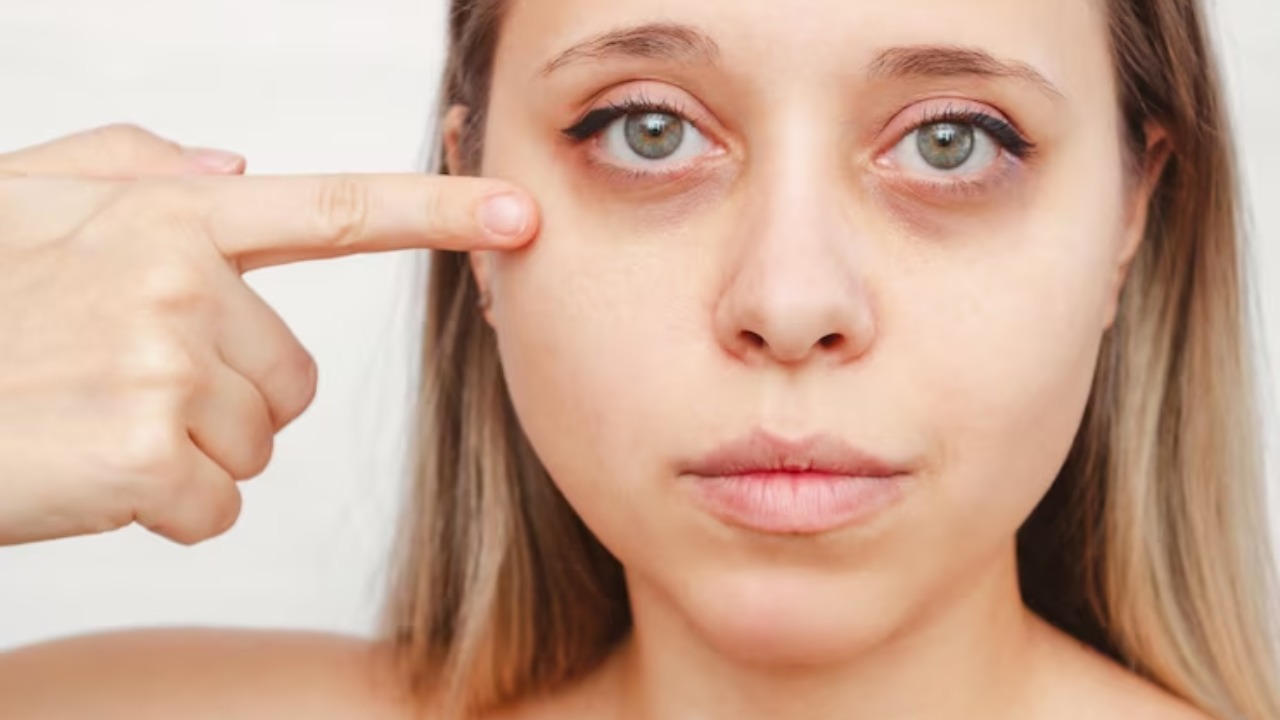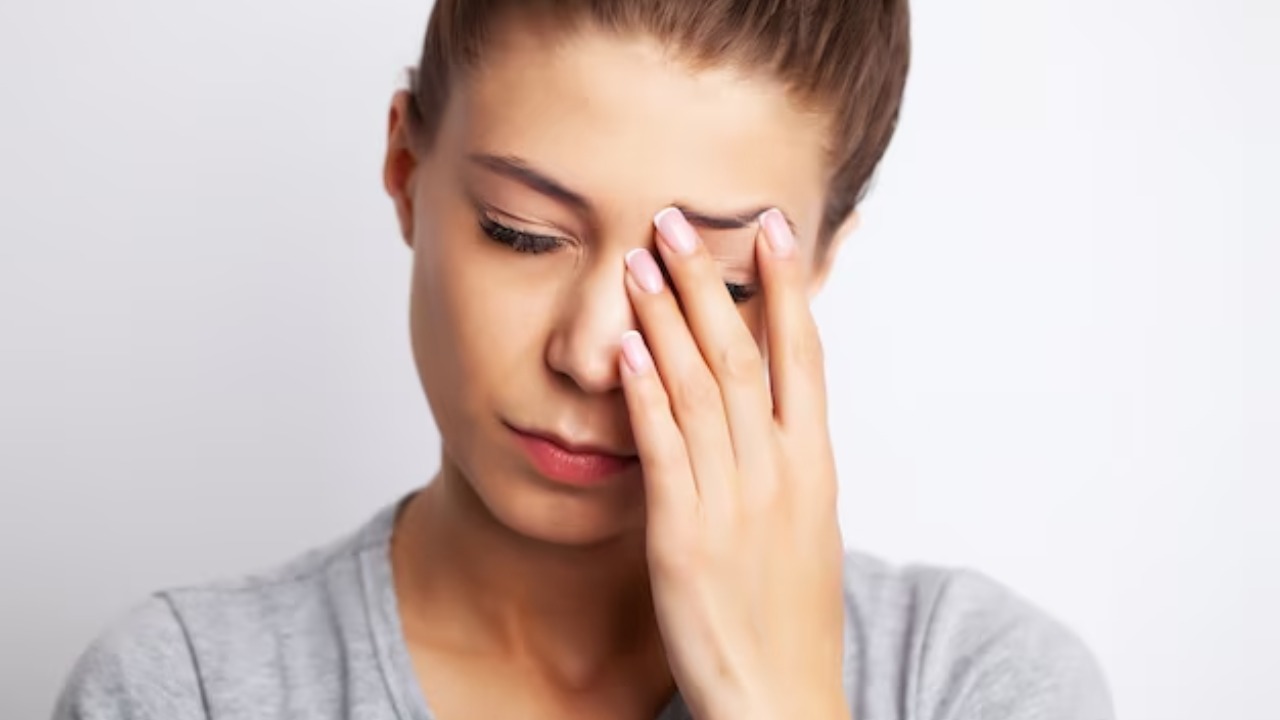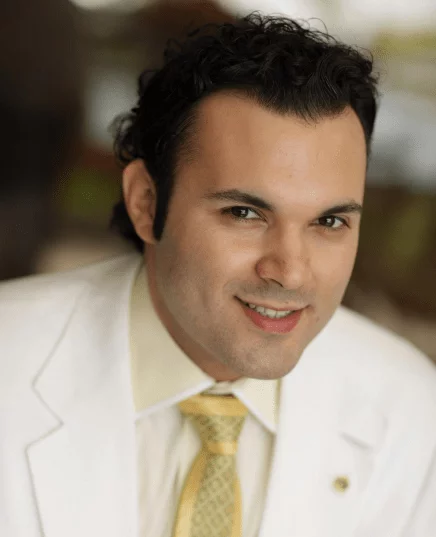Are you curious about the transformative effects of PRP treatments for those troublesome under-eye areas?
You’re not alone. Many of us constantly search for that magical remedy to rejuvenate our tired eyes and restore a youthful appearance. PRP (Platelet-Rich Plasma) therapy has emerged as a beacon of hope in this quest, promising remarkable before-and-after transformations. But with curiosity comes questions, and plenty of them.
In this comprehensive blog, we dive into the most pressing FAQs about PRP under-eye treatments, especially focusing on those intriguing before-and-after results. From understanding the basics of PRP to unraveling the mysteries of its effects, we’ve got your questions covered.
Whether you’re considering the treatment or simply fascinated by its potential, join us as we explore the ins and outs of PRP therapy and uncover what it truly has to offer for revitalizing those delicate under-eye areas. Let’s embark on this journey of discovery together!
PRP Under Eyes Before-and-After Specific FAQs
Addressing these specific before-and-after FAQs helps potential patients better understand what to expect from PRP under-eye treatments, allowing them to make informed decisions about pursuing this increasingly popular cosmetic procedure.
What Changes Can I Expect to See After PRP Under Eye Treatment?
The most noticeable change post-PRP treatment is reduced under-eye darkness and puffiness. Patients often report a more refreshed and rejuvenated appearance. The treatment aims to improve skin texture and tone, making the under-eye area appear brighter and more youthful.
How Long Before I See Results from PRP Under Eye Treatment?
Results can vary, but patients typically notice improvements within a few weeks after the treatment. The total effect of PRP therapy usually becomes evident after a couple of months as the body’s natural collagen production is stimulated, leading to gradual skin regeneration.
Are the Results of PRP Under Eye Treatment Permanent?
While PRP treatment can offer significant improvements, the results are not permanent. The longevity of the results depends on factors like age, skin type, and lifestyle. Maintenance treatments are often recommended to sustain the benefits.
Do I Need Multiple PRP Sessions for the Best Results?
Many patients achieve optimal results after a series of PRP sessions. The exact number of sessions varies depending on individual goals and the initial condition of the under-eye area. Your practitioner can provide a personalized treatment plan after assessing your specific needs.
Will There Be Any Immediate Visible Changes Right After the Treatment?
Immediately following the treatment, slight redness or swelling might occur, a normal part of the healing process. The initial visible changes are generally subtle, with more significant improvements appearing gradually over time as the skin heals and rejuvenates.
How Do Before-and-After Photos Accurately Represent PRP Under Eye Treatment Results?
Before-and-after photos provide a visual representation of the changes brought by PRP treatments. These photos are valuable for setting realistic expectations and showcasing the potential improvements in under-eye darkness, wrinkles, and overall skin quality.
Additional Considerations for PRP Under Eye Treatment
Considering these additional aspects of PRP under-eye treatment can help individuals make a well-informed decision and prepare adequately for the procedure, ensuring a positive experience and satisfying results.
Assessing Candidacy for PRP Treatment
Not everyone is an ideal candidate for PRP under-eye treatment. Factors such as overall health, skin condition, and the specific nature of the under-eye issues play a significant role in determining suitability. A consultation with a healthcare provider is essential to assess if PRP is the right option for you.
Understanding the Risks and Side Effects
While PRP treatment is generally safe, being aware of potential risks and side effects is crucial. These may include temporary swelling, bruising, or redness at the injection site.
Rarely, more severe side effects like infection or tissue damage could occur. Discussing these risks with your practitioner beforehand can help set realistic expectations.
The Importance of Choosing a Qualified Practitioner
The experience and skill of the practitioner performing the PRP treatment significantly impact the outcomes.
Choosing a qualified and experienced professional specializing in facial treatments is essential to ensure the highest safety standards and best results.
Cost Considerations
PRP treatments can vary in cost, depending on the provider and the number of sessions required.
It’s essential to consider the financial aspect and to understand that multiple sessions might be needed for optimal results. Some clinics offer payment plans or packages to make the treatment more accessible.
Lifestyle Factors Influencing Treatment Outcomes
Lifestyle choices can affect the results of PRP treatment.
Factors like smoking, alcohol consumption, diet, and sun exposure can impact the healing process and the longevity of the outcomes. Adopting a healthy lifestyle can enhance and prolong the benefits of the treatment.
Post-Treatment Care and Maintenance
Proper aftercare is crucial for maximizing the results of PRP treatment.
Following the practitioner’s guidelines on skincare, sun protection, and other aftercare instructions can help maintain the rejuvenated appearance of the under-eye area.
Side Effects of PRP for Dark Circles Treatment

Being aware of the potential side effects of PRP and risks allows patients to make an informed decision about undergoing PRP treatment for dark circles.
It also underscores the importance of choosing an experienced and reputable practitioner to perform the procedure.
Potential Complications Caused by Injections or Blood Draws
While PRP treatment for dark circles is minimally invasive, it does involve injections and blood draws, which carry their own set of potential complications.
Patients may experience discomfort, bruising, or swelling at the blood draw site and the injection sites under the eyes. Though typically mild and temporary, these side effects can cause some inconvenience.
More significant reactions like hematoma (a localized collection of blood outside the blood vessels) or nerve injuries could occur in rare cases. Patients must discuss these risks with their healthcare provider to understand the full scope of potential complications.
Risk of Infection From Injection Treatments
Any procedure that involves injections also carries a risk of infection. While the risk is low with PRP treatments, as it uses the patient’s blood, it’s not non-existent.
Ensuring a qualified professional performs the treatment in a sterile environment is essential to minimize this risk.
After the procedure, following the aftercare instructions provided by the practitioner, such as keeping the injection sites clean and avoiding touching the area unnecessarily, can further reduce the risk of infection.
Conclusion
PRP (Platelet-Rich Plasma) therapy offers a promising solution for those seeking to address dark circles under the eyes. While the treatment is generally safe and effective, understanding the potential side effects and risks is crucial for anyone considering this option.
It’s important to acknowledge the possibility of discomfort, bruising, swelling, and a rare but real risk of infection associated with the injections and blood draws. These factors underscore the importance of seeking treatment from a qualified and experienced practitioner who adheres to the highest standards of safety and sterility.
Patients can make decisions that align with their health and cosmetic goals by being well-informed about the benefits and risks. PRP therapy, with its approach of using the body’s natural healing processes, is an attractive choice for those looking to rejuvenate and refresh their under-eye appearance, promising a brighter and more youthful look.

